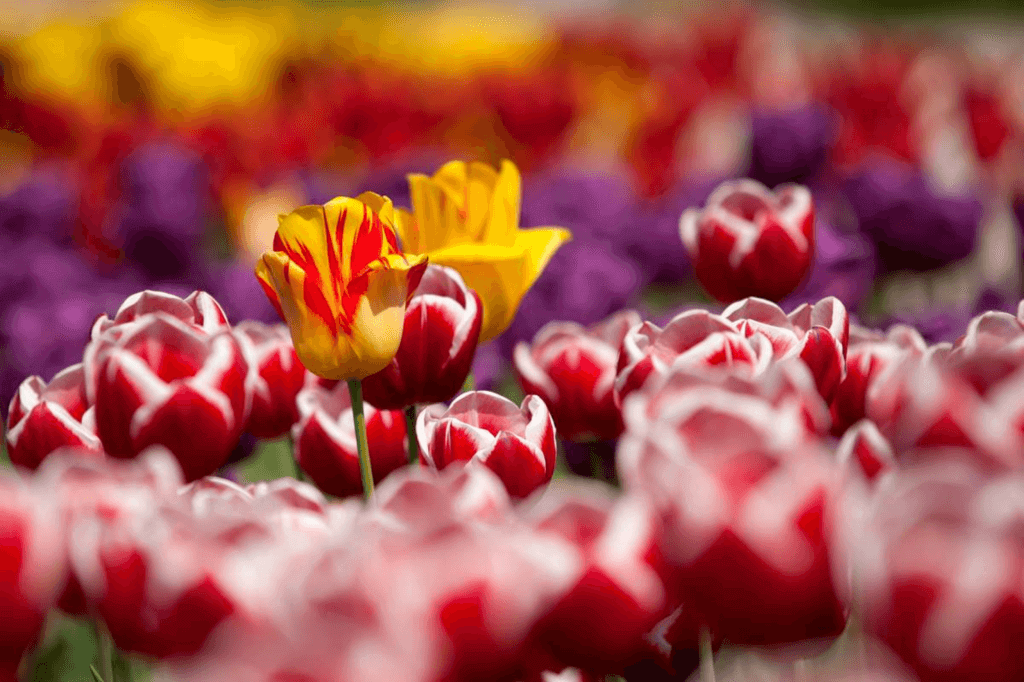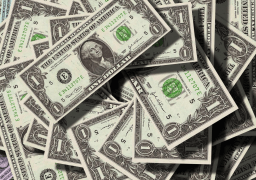May Day
May Day is observed next on Friday, May 1st, 2026 (114 days from today).

May Day is a day of unity, togetherness and rebirth; a day for everyone to come together and celebrate life as we know it around the world.
Are you eager to celebrate May Day every year? We know we are! Looking back over the past decades, May has taken on different meanings for diverse cultures and countries. Nowadays, not only in the United States but also other countries, May Day is a celebration of spring. We have the best tips to make sure your May Day is a day to remember!
History of May Day
May Day, also known as Workers' Day or International Workers' Day, a day commemorating the historical struggles and achievements of workers and the labor movement, is celebrated in many countries on the 1st of May. In the United States and Canada, there is also a similar celebration, named Labor Day on the first Monday of September.
In 1889, an international federation of socialist groups and trade unions designated May 1 as pro-workers day, on the anniversary of the Haymarket Riots in Chicago (1886). Five years later, the President of the United States. Grover Cleveland, uncomfortable with the socialist roots of Workers' Day, signed legislation making Labor Day celebrated in several states the first Monday in September, an official U.S. holiday. Period to honor workers, Canada followed soon after.
In Europe, May 1st has historically been associated with pagan festivals in the countryside (see May Day), but its original meaning has gradually been replaced by a modern association with the labor movement. In the Soviet Union, leaders adopted the new holiday, believing it would encourage workers in Europe and the United States to unite against capitalism. The day has become an important holiday in the Soviet Union and the countries of the Eastern bloc, with prominent parades, including one on Moscow's Red Square by heads of government and Communist Party authorities preside over, honor workers and demonstrate the military might of the Soviet Union. Moreover, Labor Day also officially became a holiday in 1933 after the rise of the Nazi Party in Germany. Ironically, Germany abolished free unions shortly after the establishment of the holiday, virtually destroying the German labor movement.
With the breakup of the Soviet Union and the collapse of communist governments in Eastern Europe in the late 20th century, large-scale May Day celebrations in that region decreased in importance. However, in a lot of countries around the world, May Day has been considered as a public holiday, and it continues to be celebrated with picnics and parties as well as public demonstrations and rallies.
May Day’s tradition
May Day is marked by rich celebrations of culture and folklore throughout history, welcoming the return of spring! There are many interesting traditions that have survived over time, like creating beautiful little baskets with sweets and flowers. These baskets are sometimes left on the doorstep of unsuspecting neighbors, with senders shouting "Make the baskets!" And run away from the scene.
Celebrating spring also includes singing and dancing around a pylon, mostly in schools. This tradition still exists in some schools, and children decorate the poles with colorful ribbons and other paraphernalia. Spring flowers are picked and presented to loved ones, and although all these traditions are less known today, they are still cherished and enjoyed by many.
Some facts about May Day
- It made a big impact today
Today, May Day is very popular! It is known as an official holiday in 66 countries and is celebrated unofficially in more countries.
- It is connected with astronomy
May 1 is one of four overlapping days, between the equinox and the solstice. What a time to celebrate!
- It has another name in Hawaii
The date of May is known as Lightning Day in Hawaii. It is a celebration of the spirit of aloha and the giving of flowers.
- Roman Festival
May Day is connected with the Floralia festival in honor of spring. Floralia was the goddess of spring in Rome.
- There is a difference in the meaning of May Day and its origin
"Mayday!" comes from the French phrase, M’aidez!, which means “Help me!”.
Some reasons for May Day being loved
- It's the pivotal moment of the changing seasons
May 1st, like the whole month, is the time when flowers bloom, trees come back to life, birds sing, and animals come out of hibernation. Nature becomes beautiful again!
- It promotes unity
How can you have May Day without solidarity and attachment? People around the world celebrate May Day through singing, dancing, flower arrangements, baskets and other traditions. Regardless of race and culture, all people come and enjoy the celebration together.
- International Labor Day
In May 1886, a national strike was organized in the United States to promote an eight-hour workday for citizens. A protest in Chicago's Haymarket Square turned violent and to pay tribute to those involved, the International Socialist Conference adopted May 1st as International Workers' Day.
How to celebrate May Day
- Jump Maypole, jump!
The Celts often danced around the trees with bright ribbons as a way of welcoming good harvests and fertility. At present, Maypole Dance is used to cheer up through spring festivals.
- Make a May Basket
During the 19th and 20th centuries, people would leave a paper basket with spring flowers and snacks on their neighbor's doorstep. The tradition is to knock on the door, shouting "Make the basket!" And then run.
- Collect flowers
On May Day, people in the UK welcome spring by planting flowering plants in their homes. This symbolizes the return of spring.
Observed
May Day has been observed annually on May 1st.Dates
Wednesday, May 1st, 2024
Thursday, May 1st, 2025
Friday, May 1st, 2026
Saturday, May 1st, 2027
Monday, May 1st, 2028


